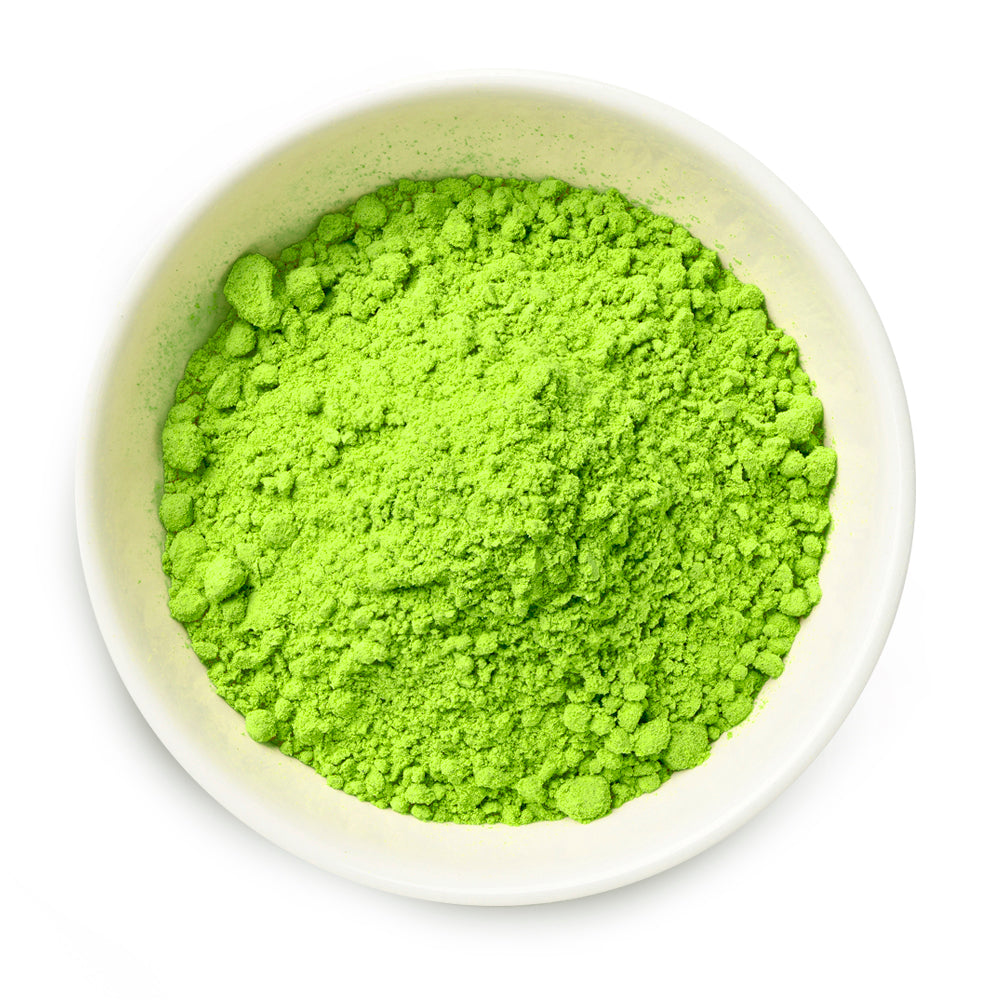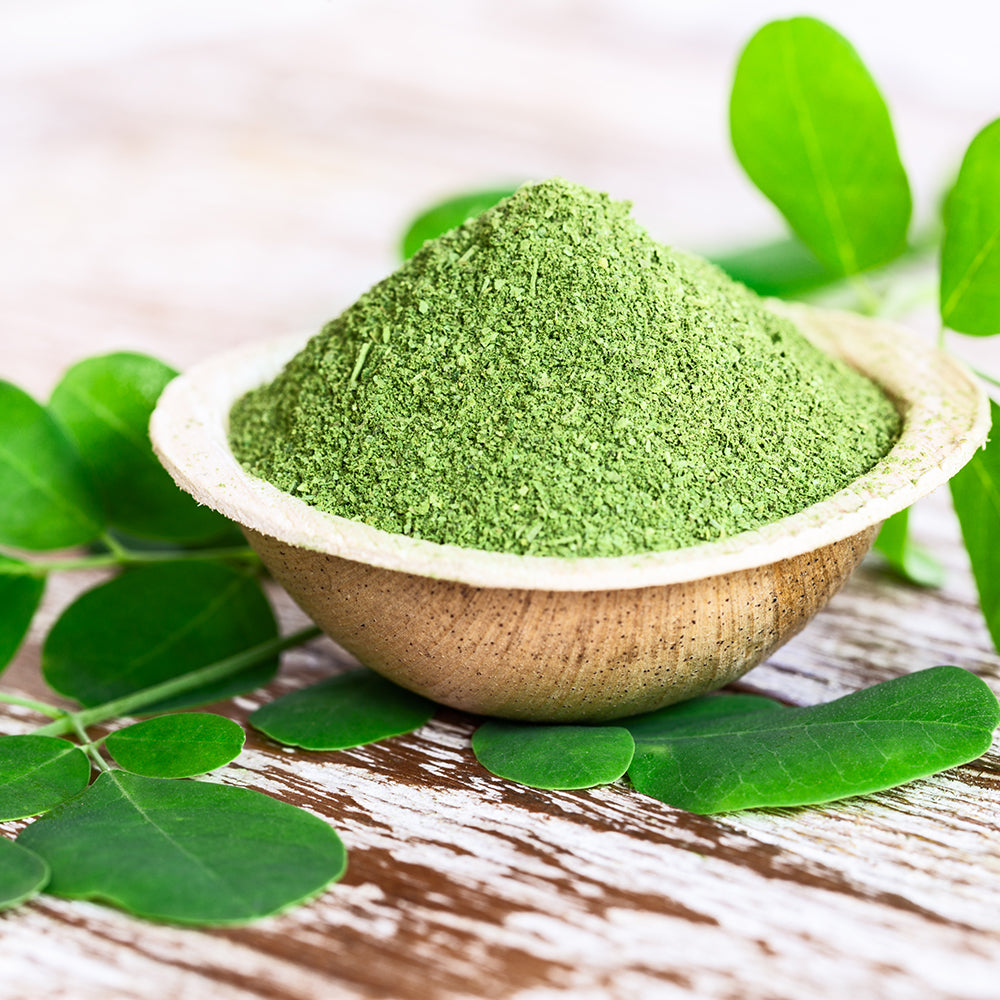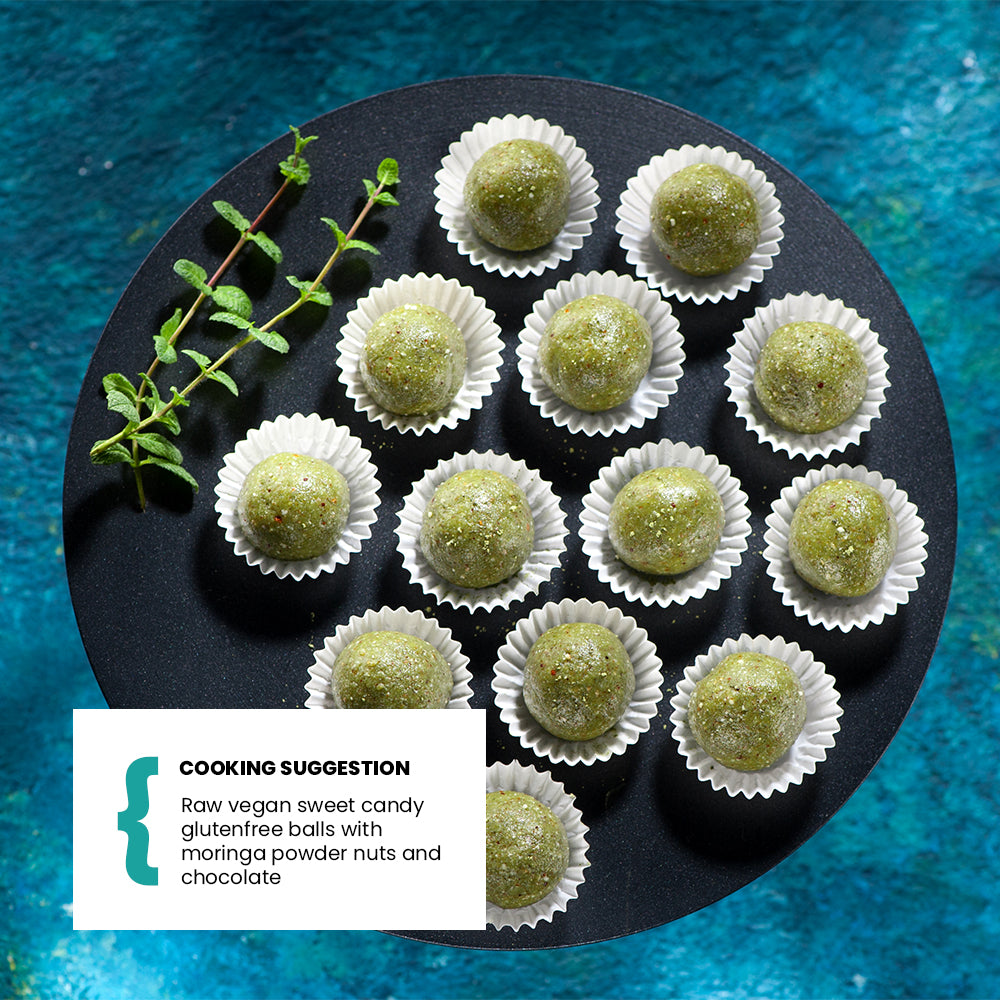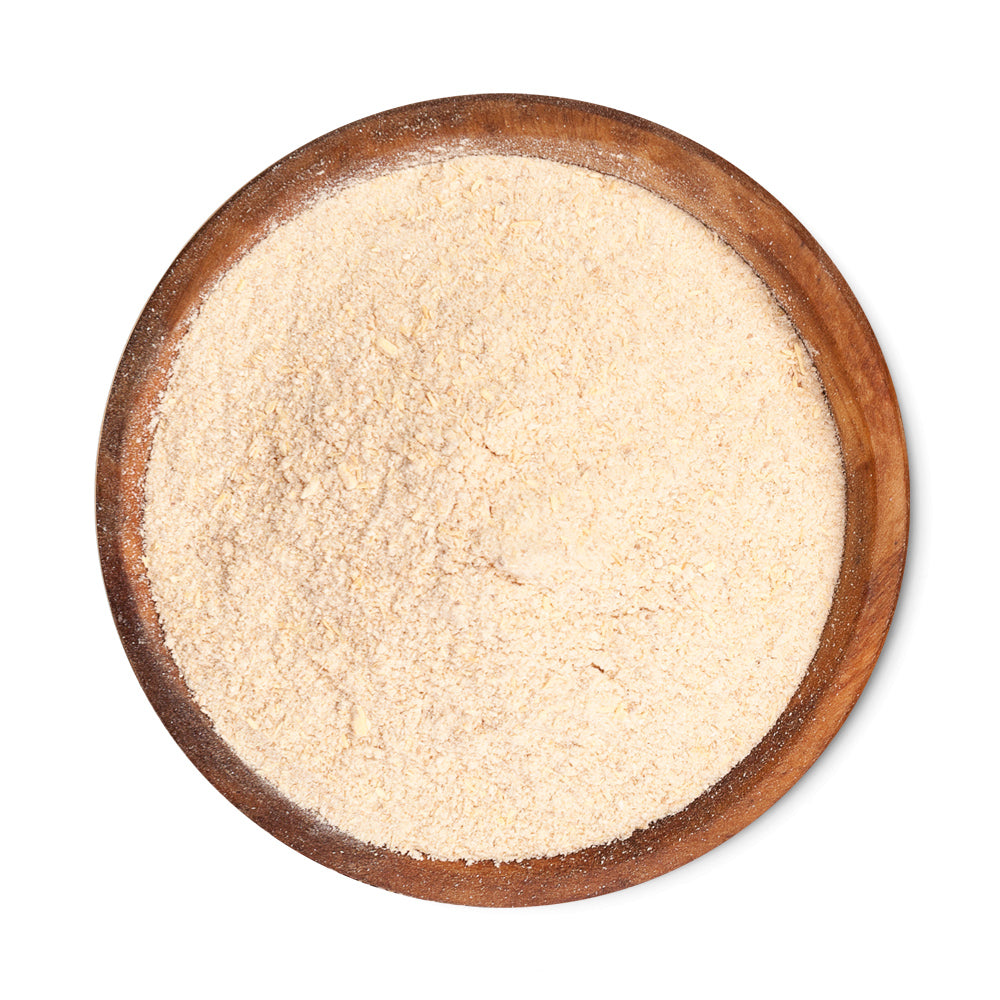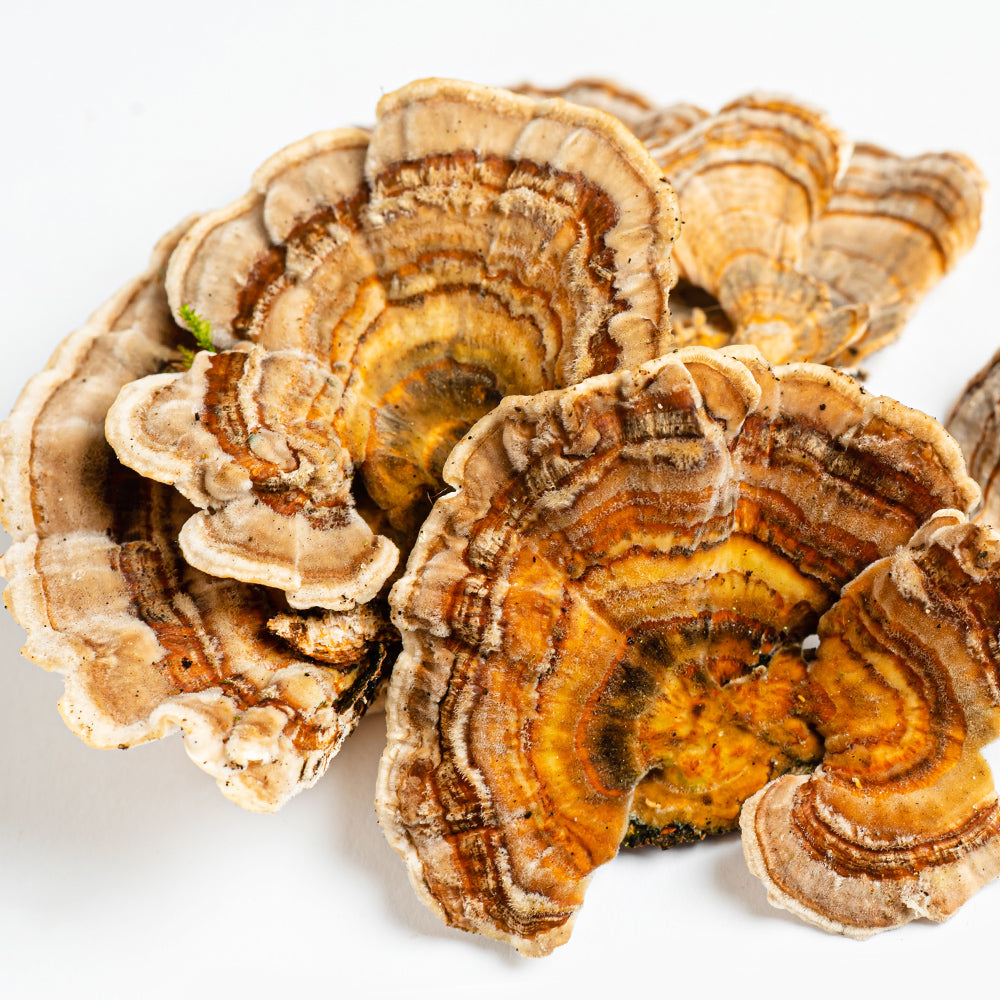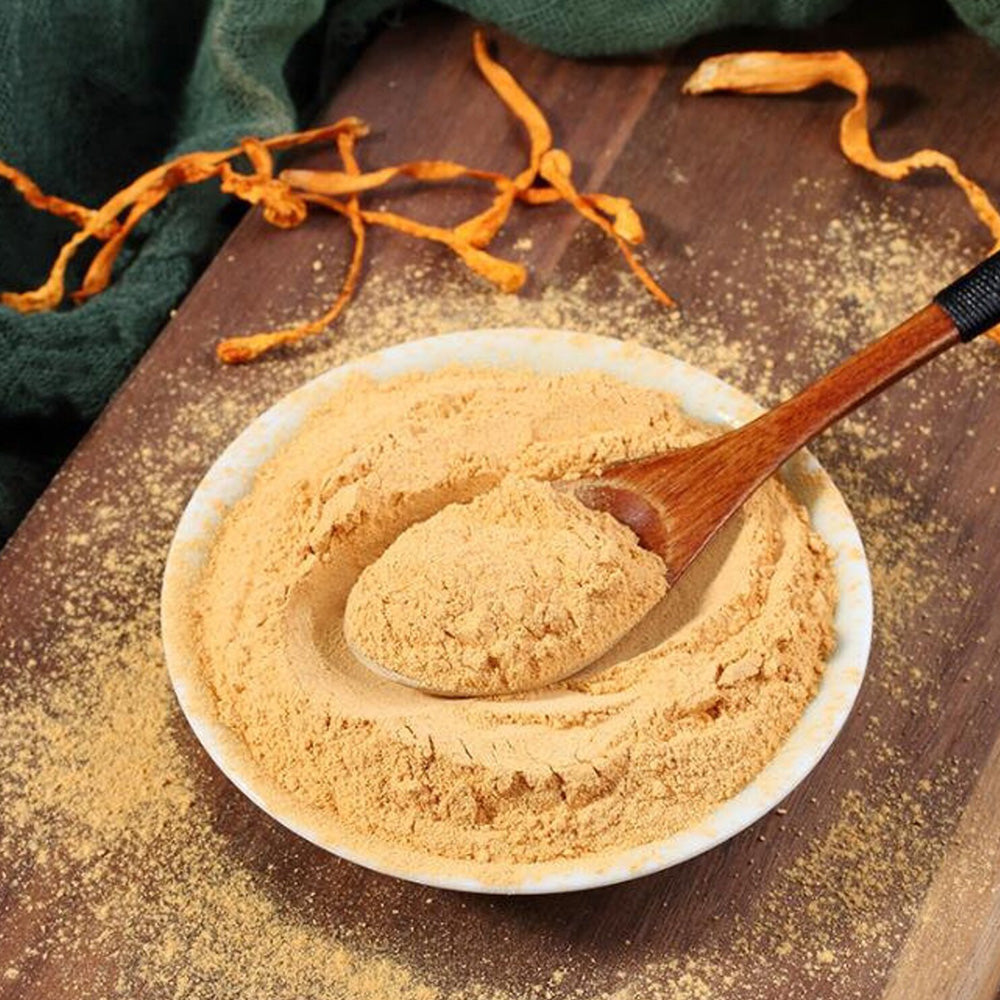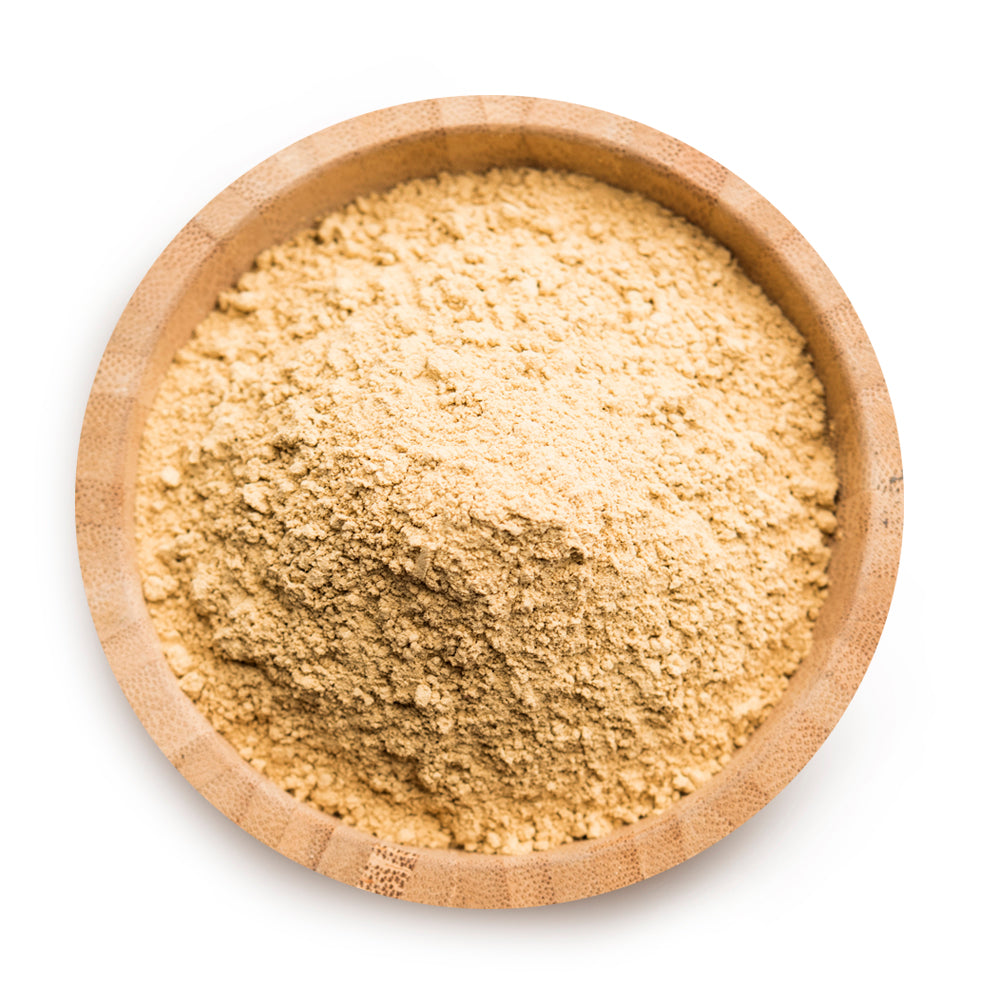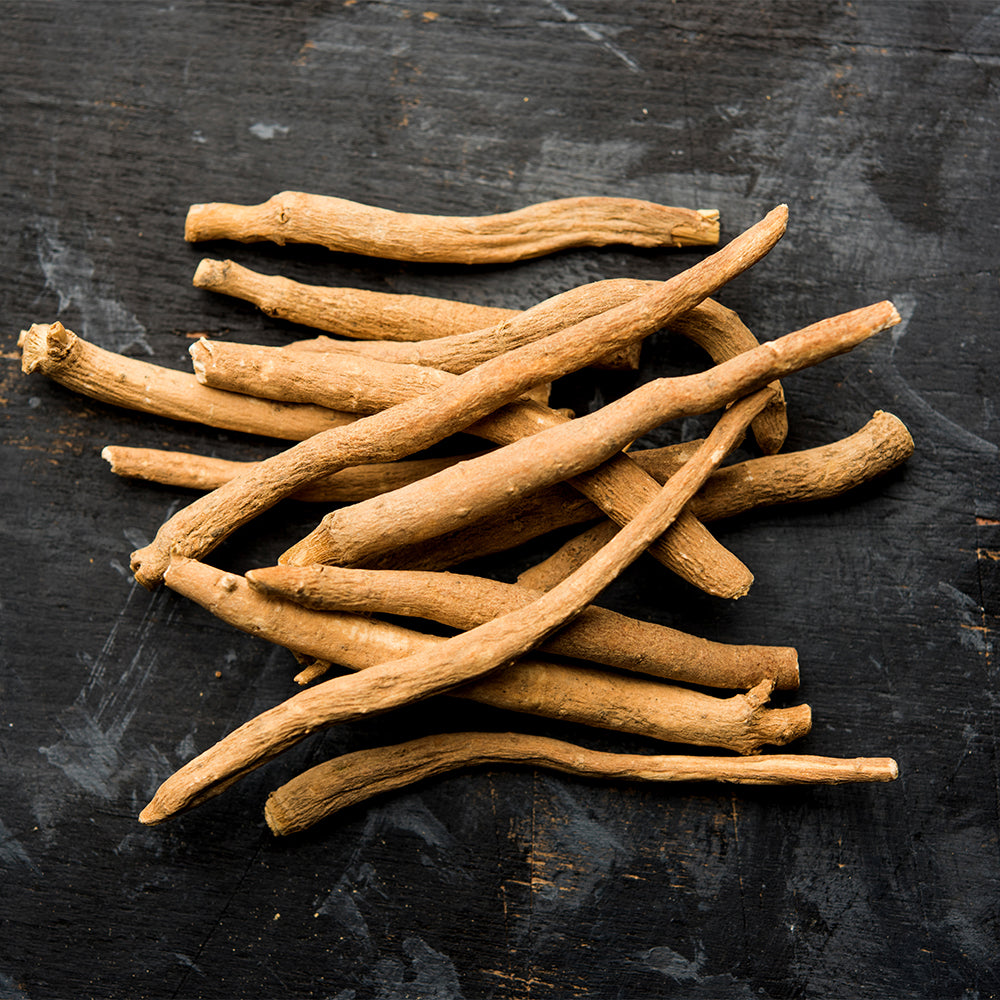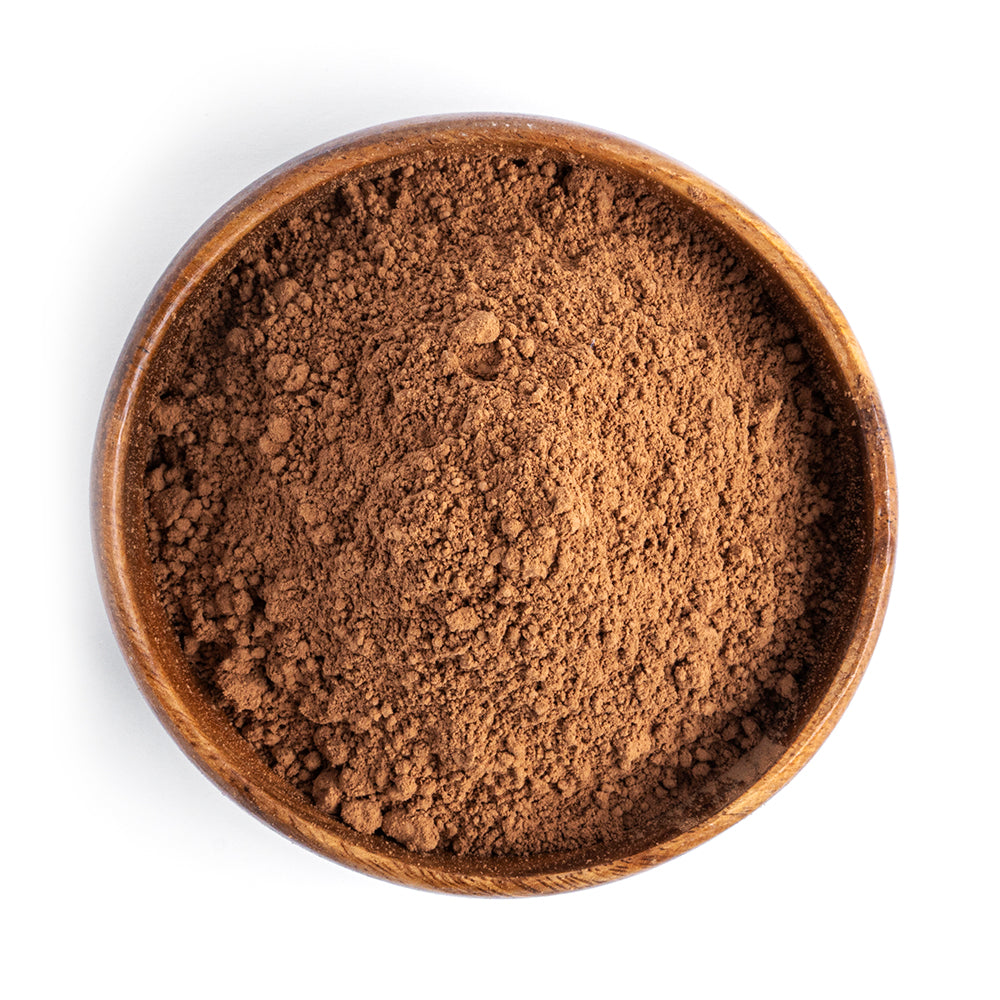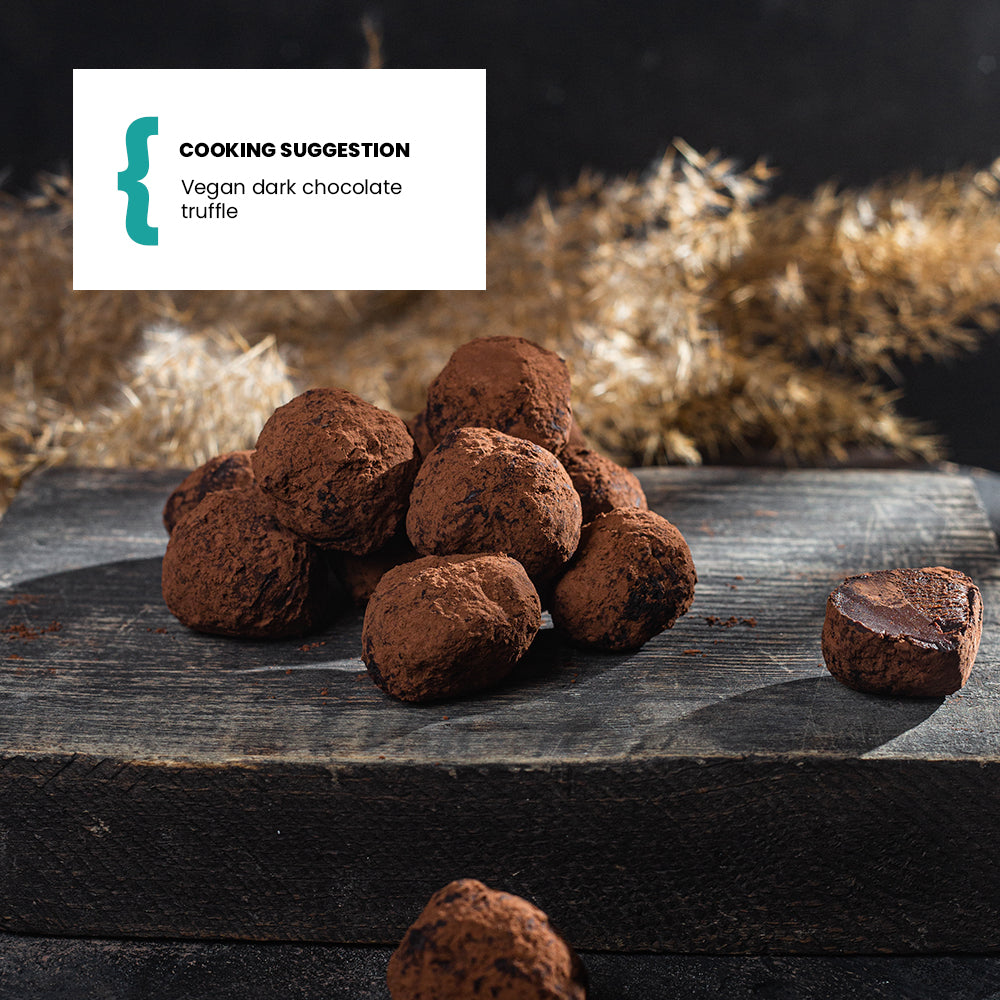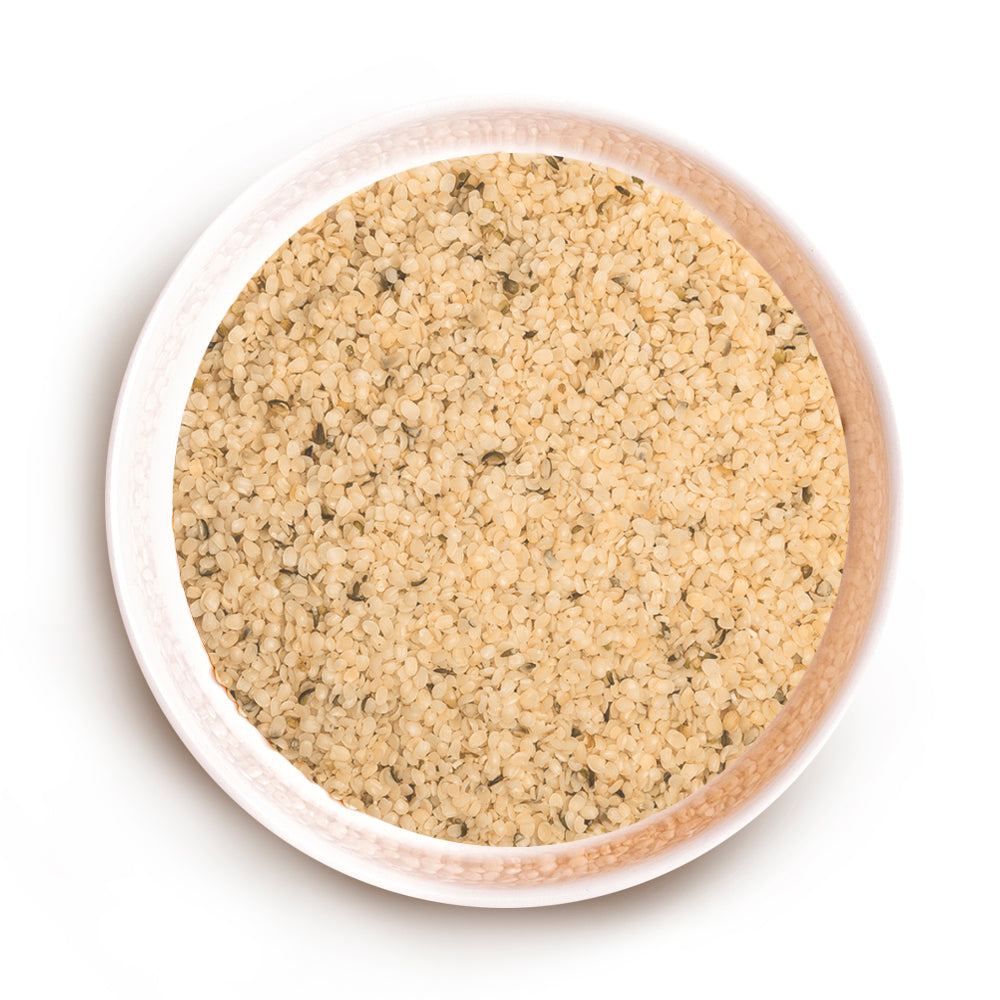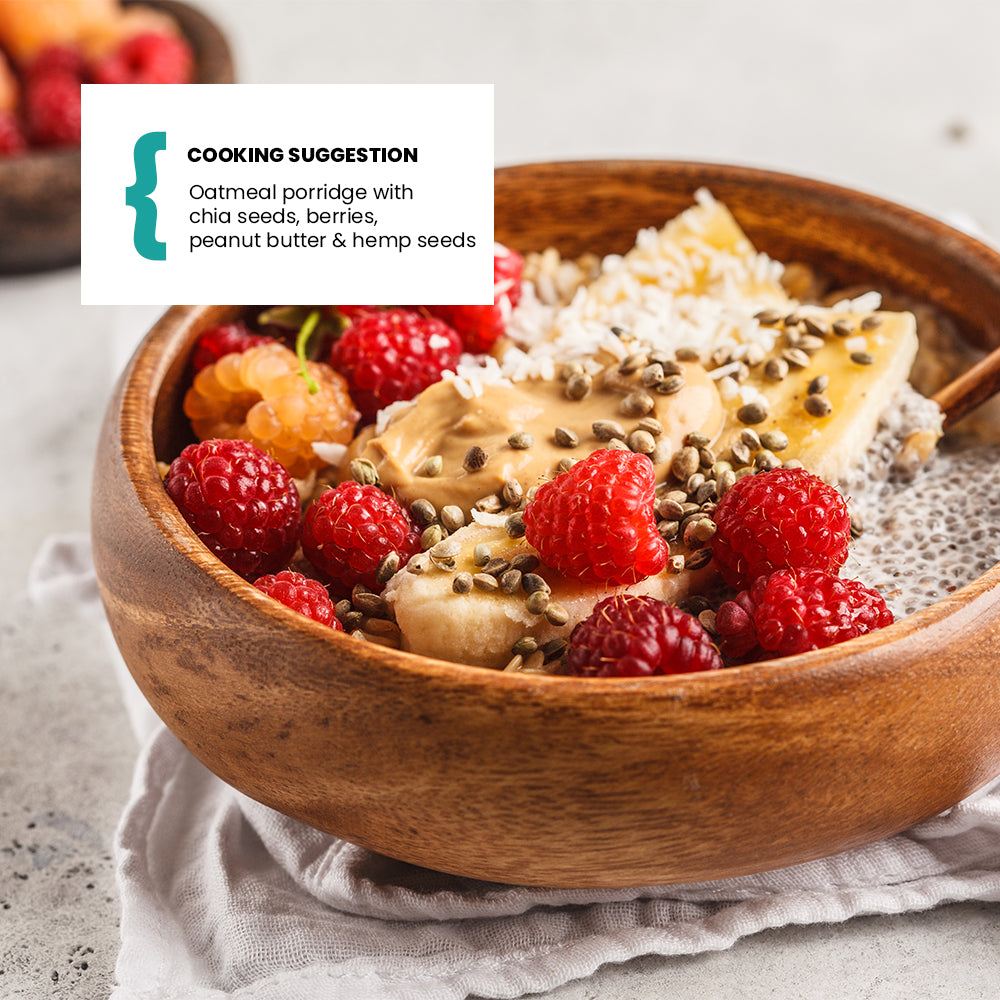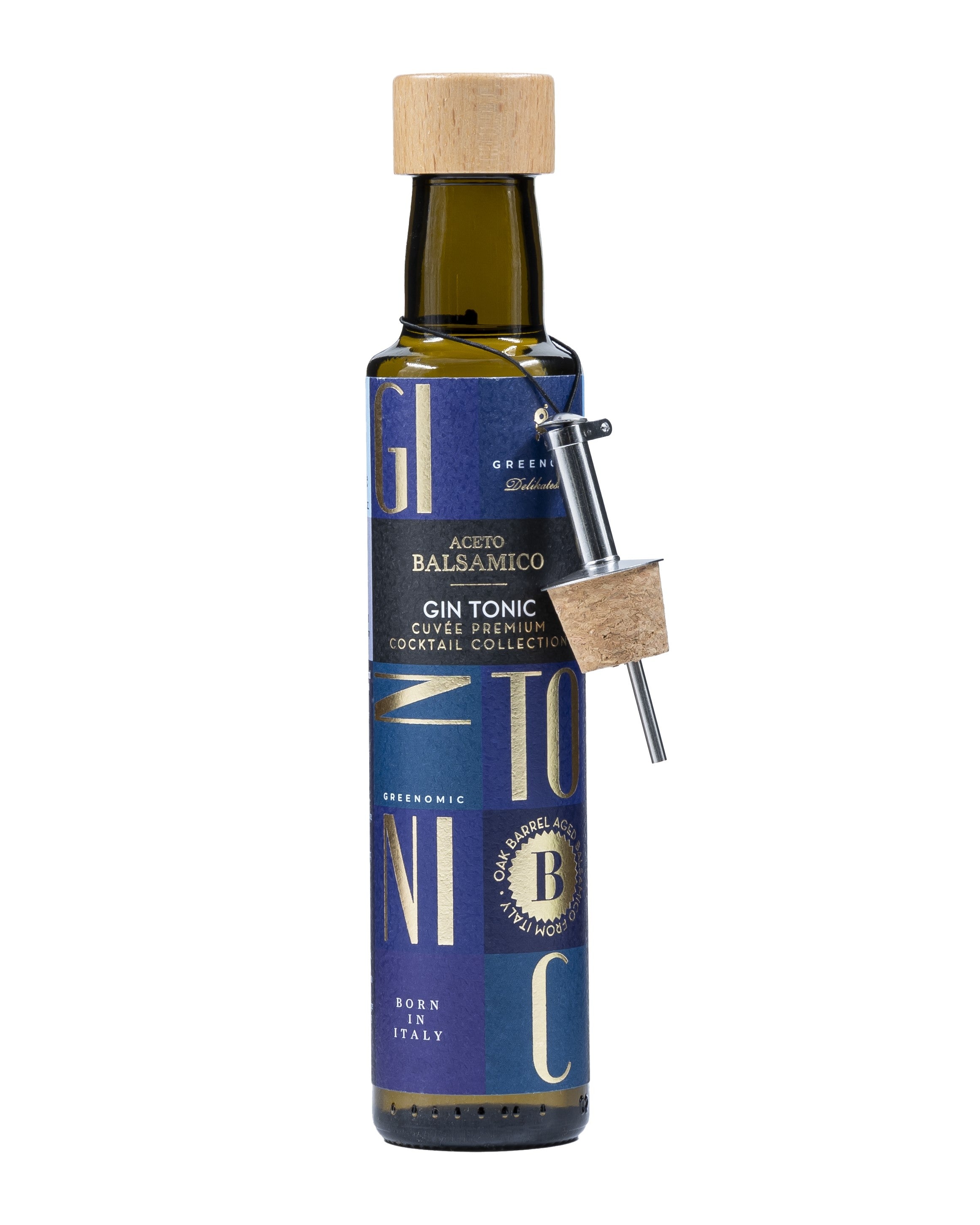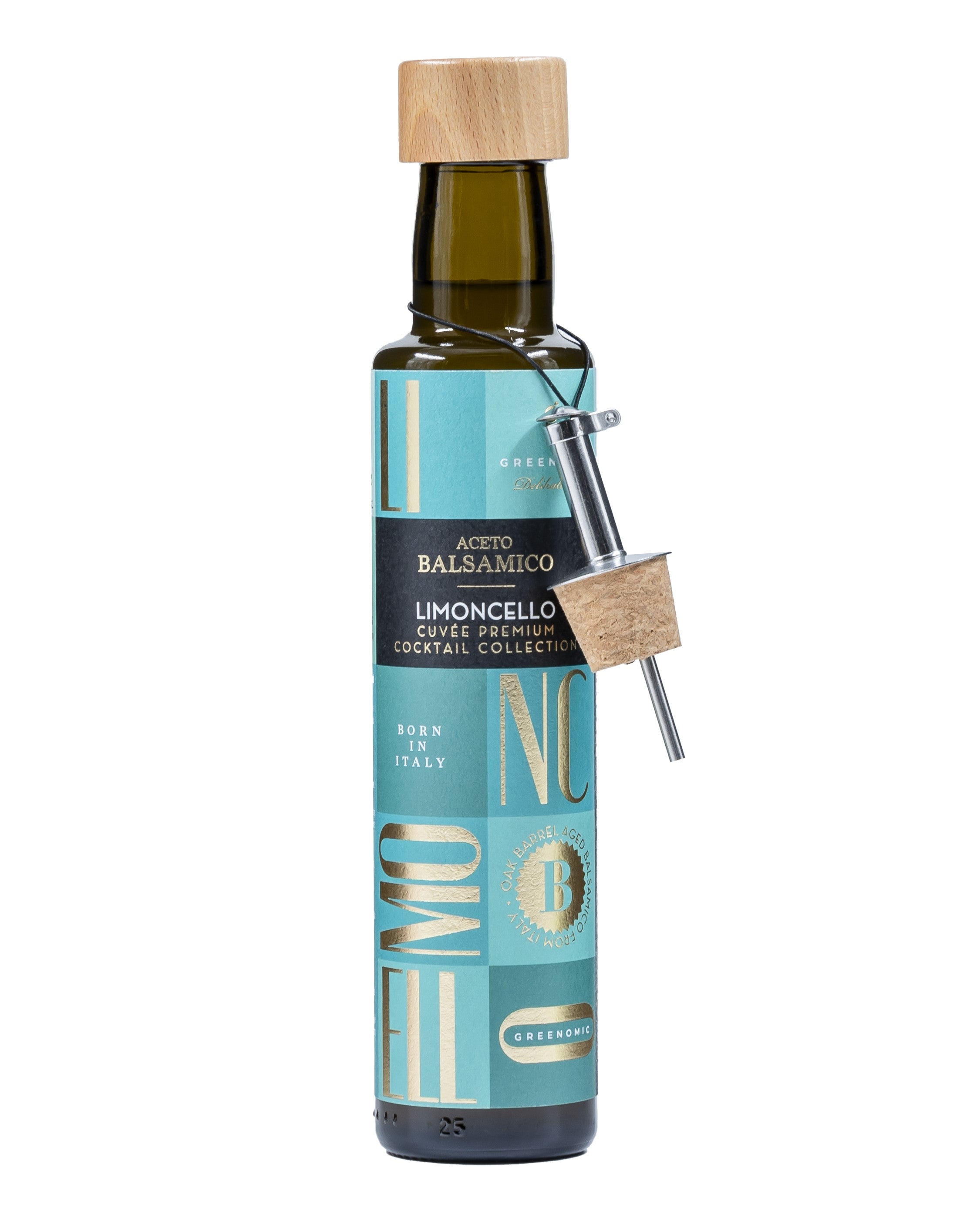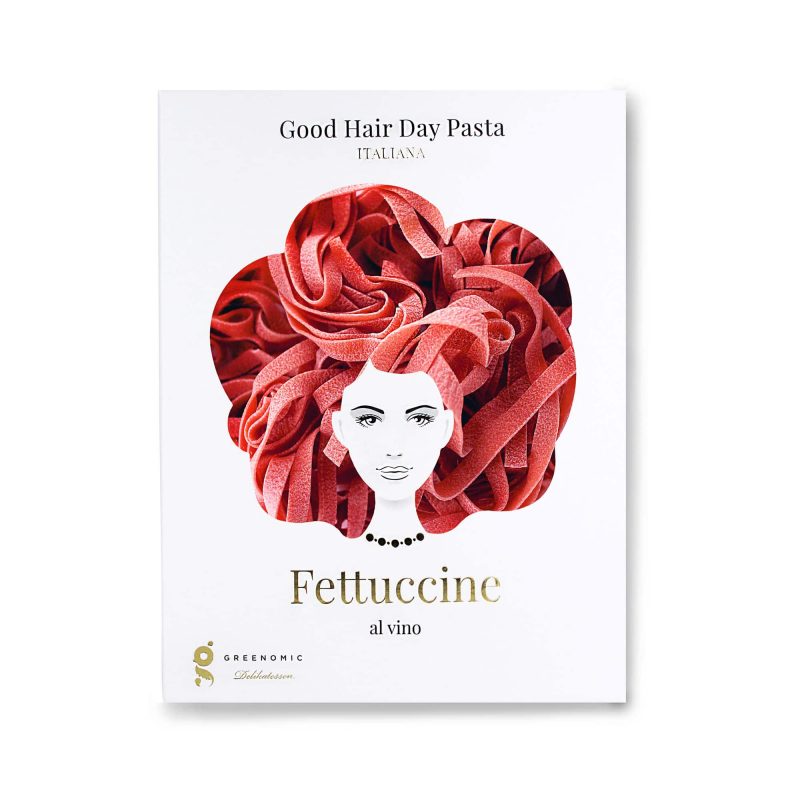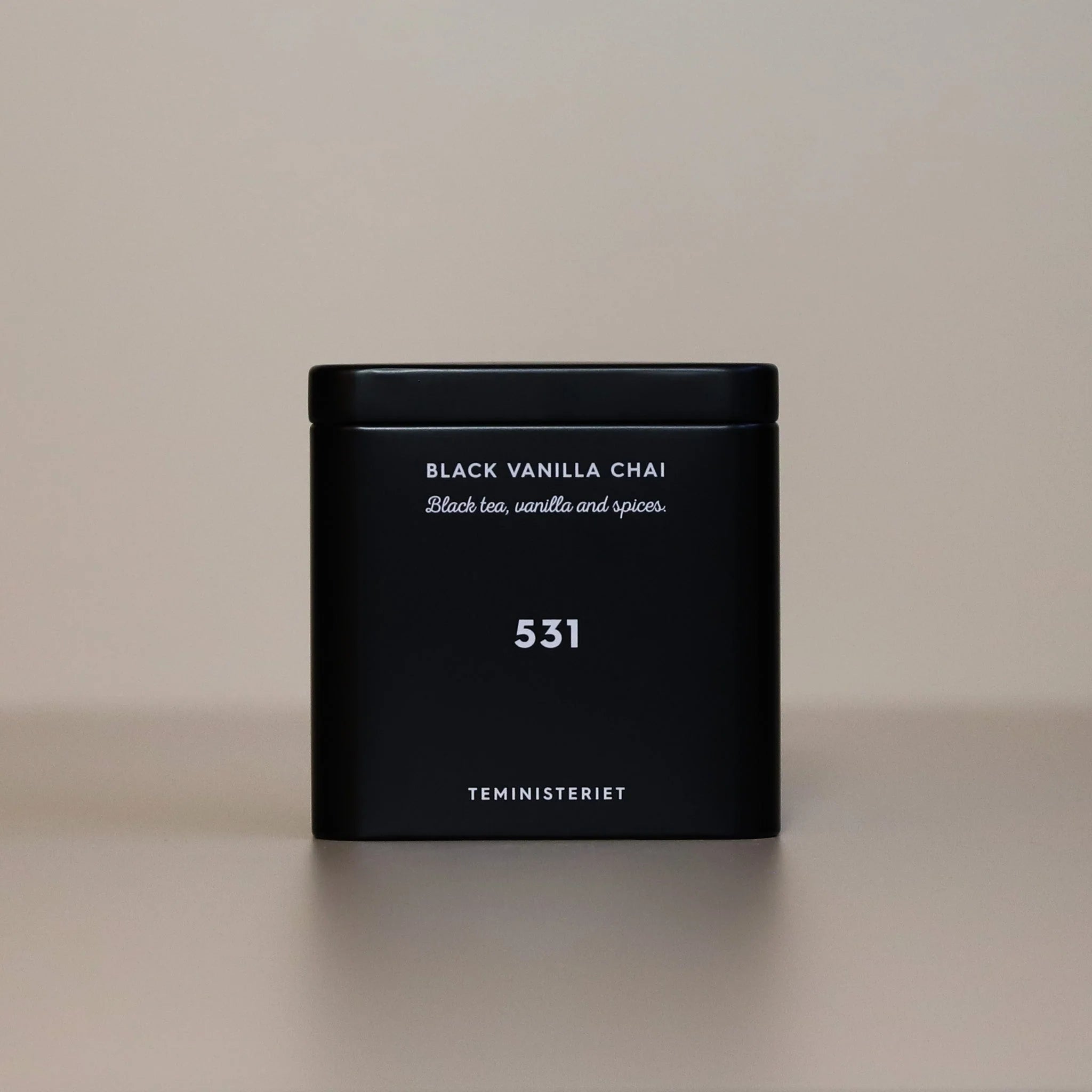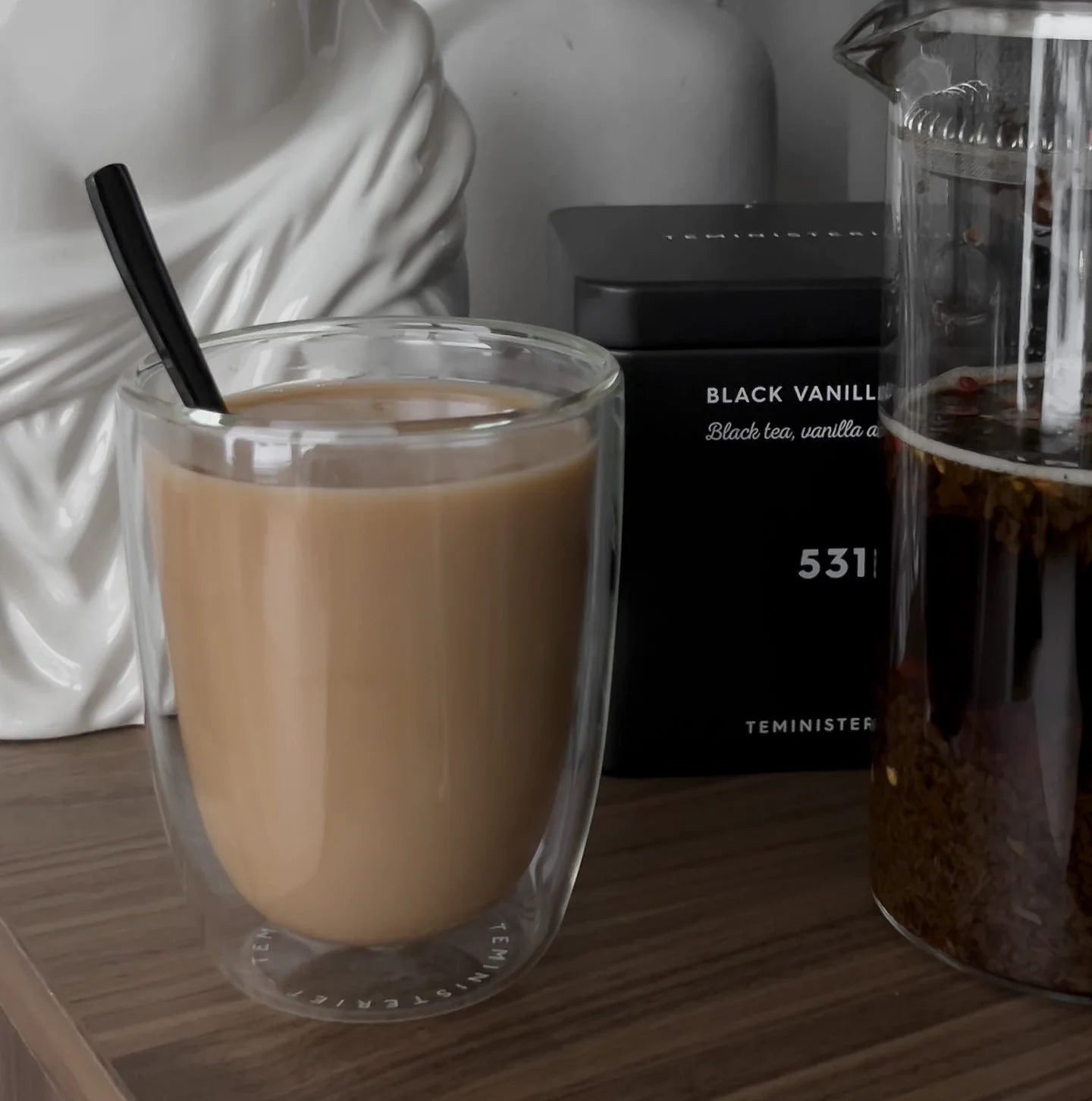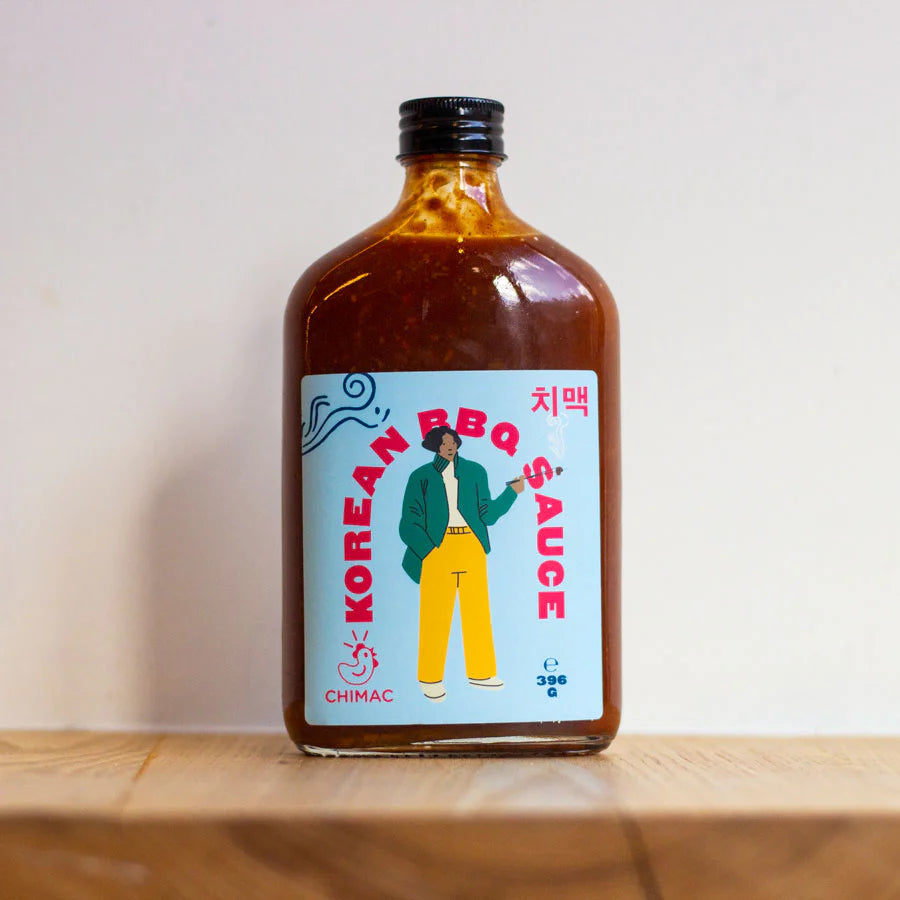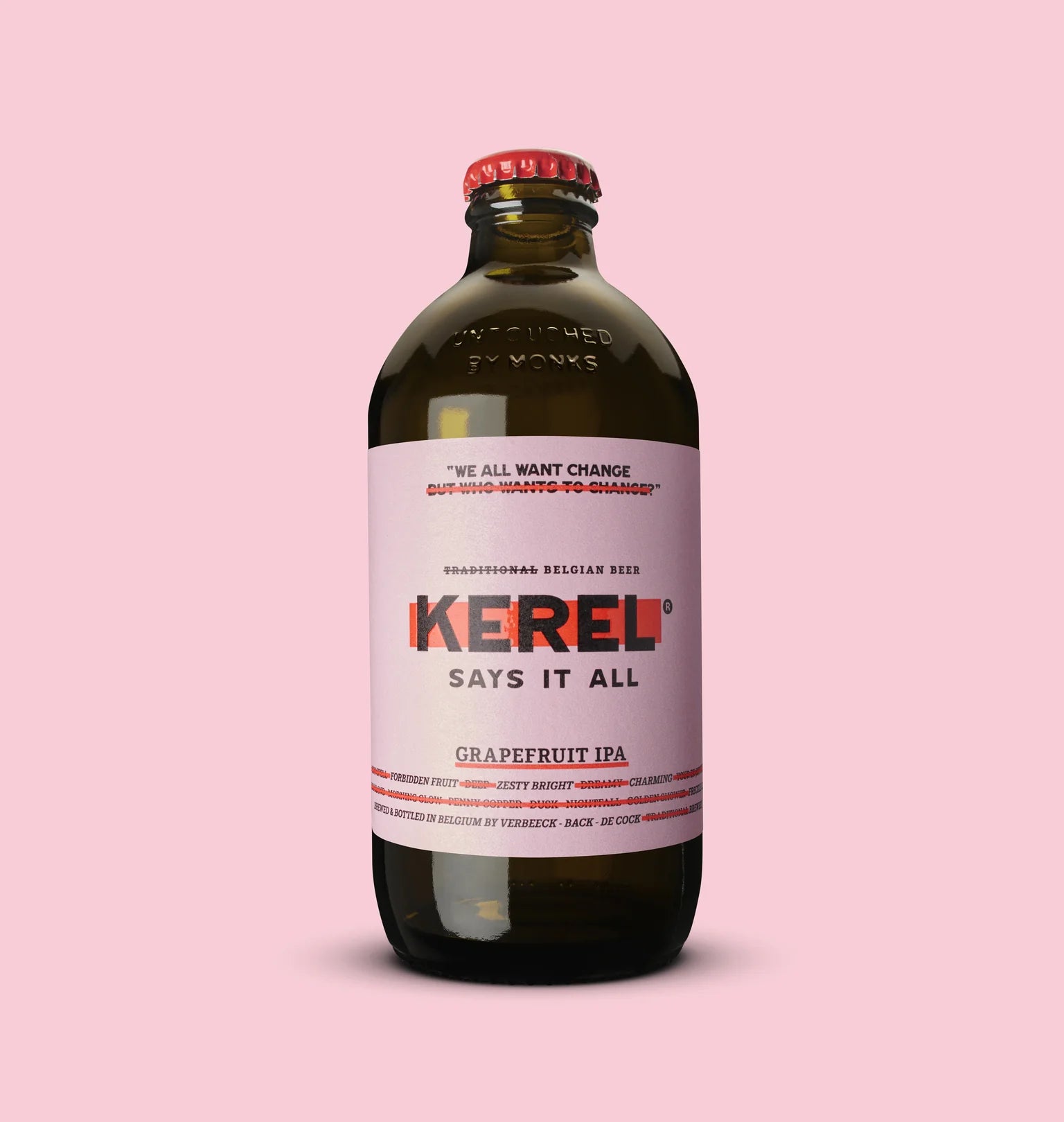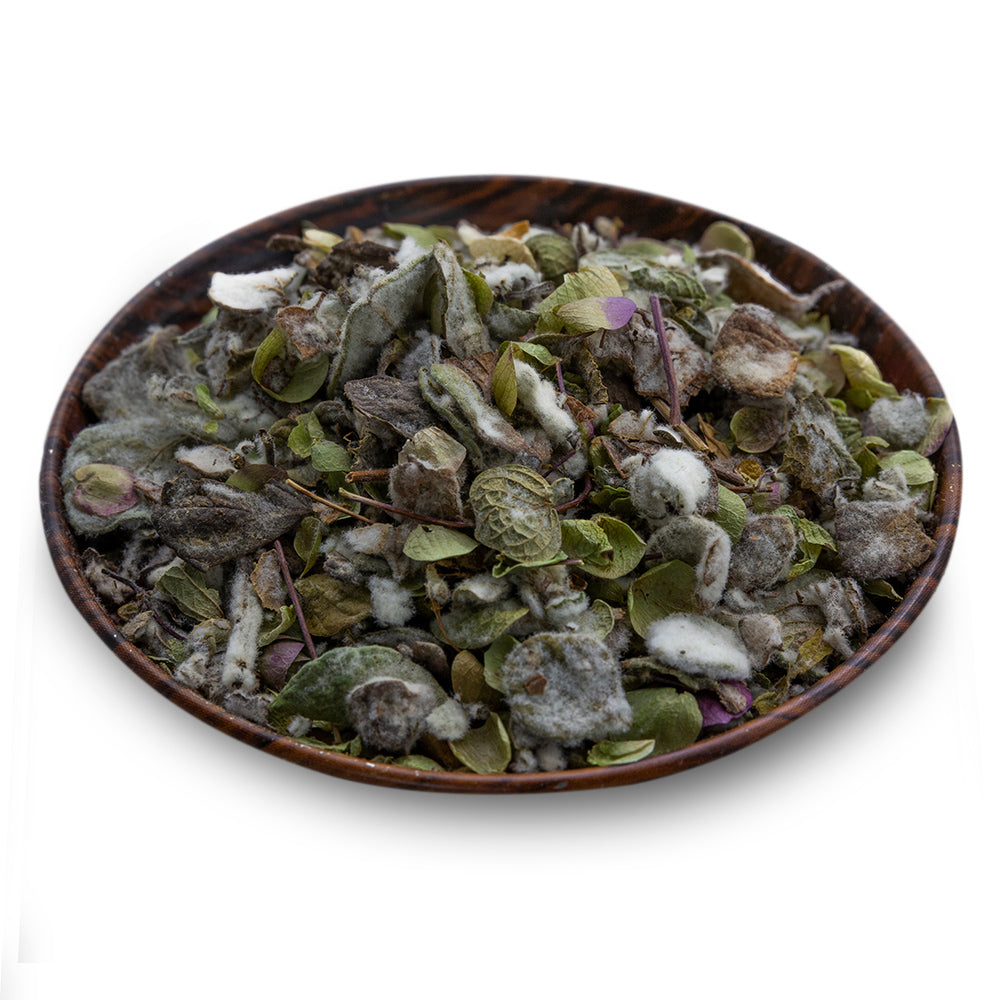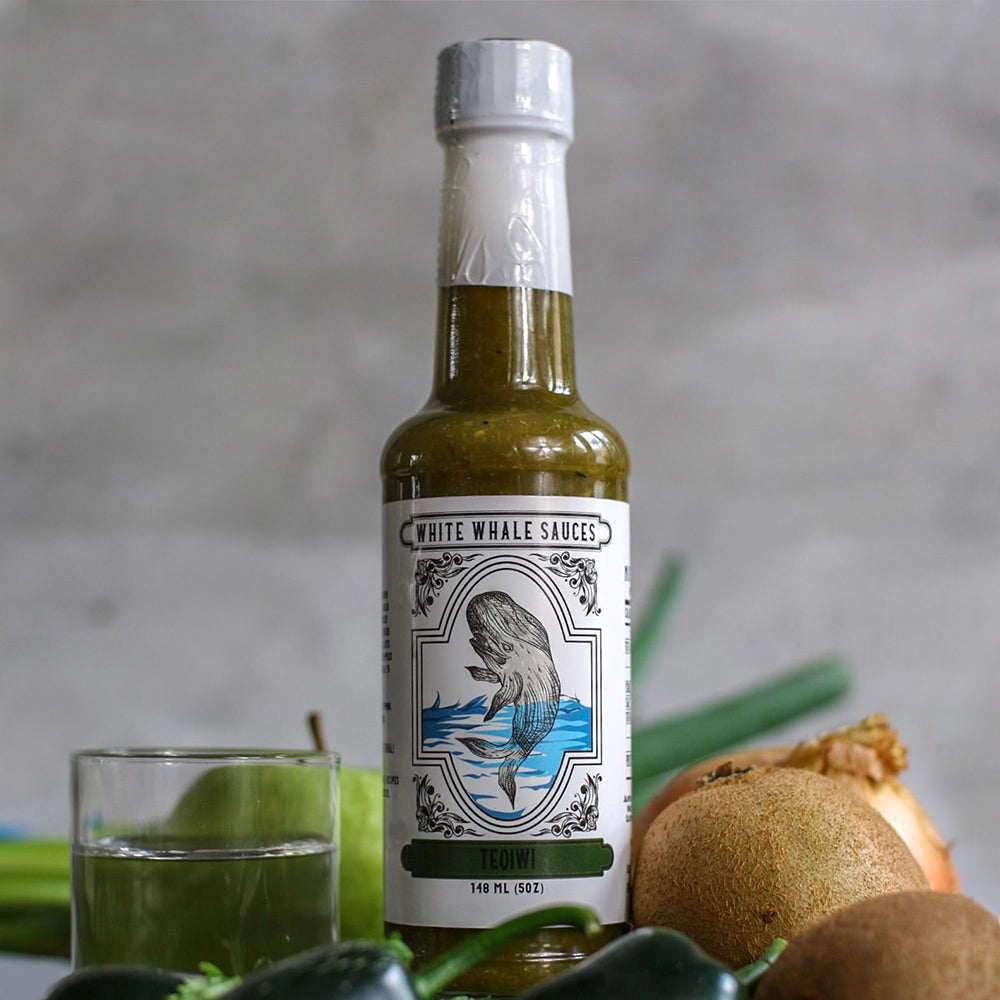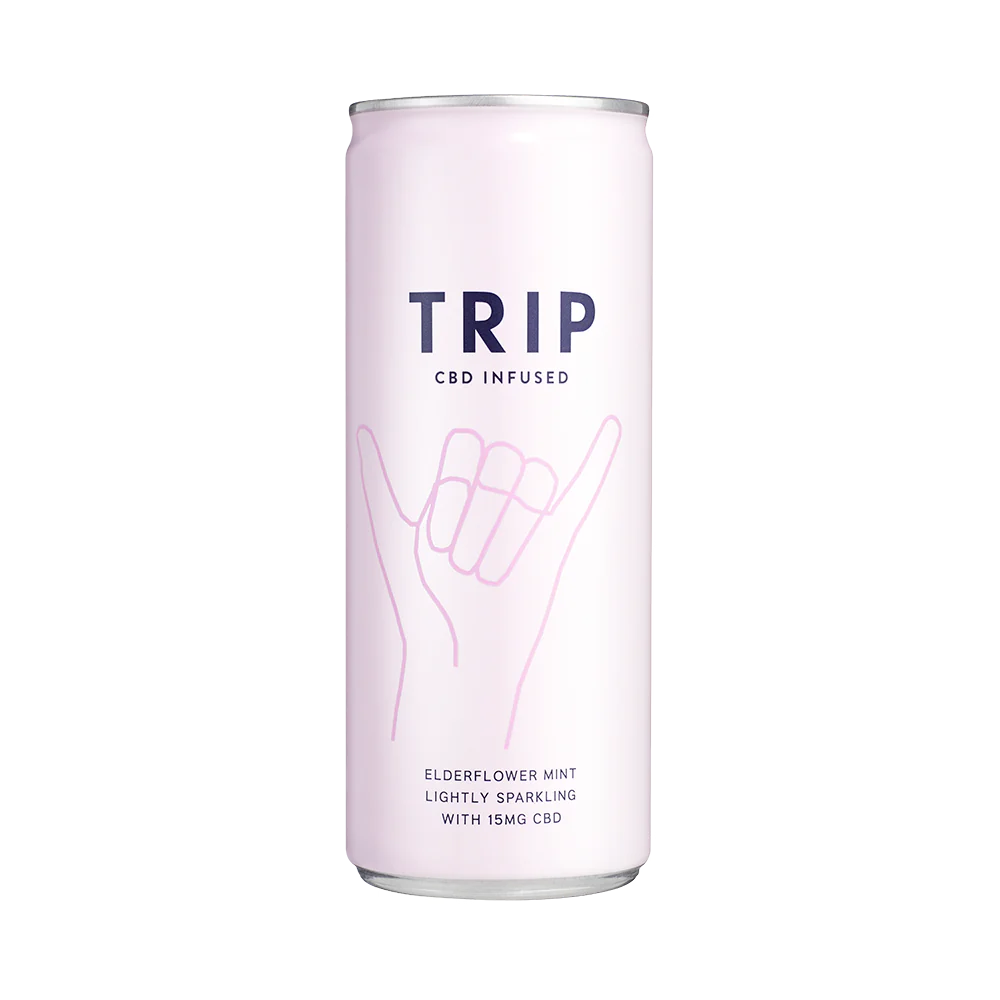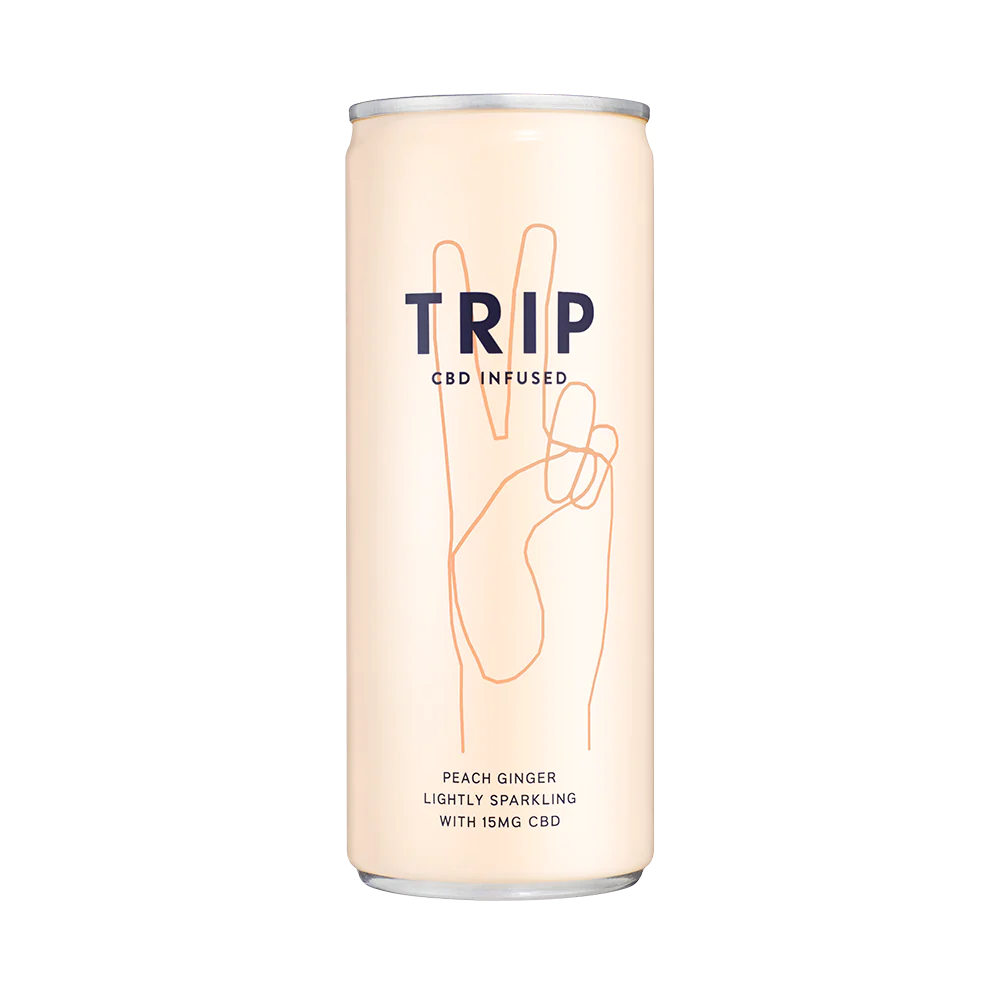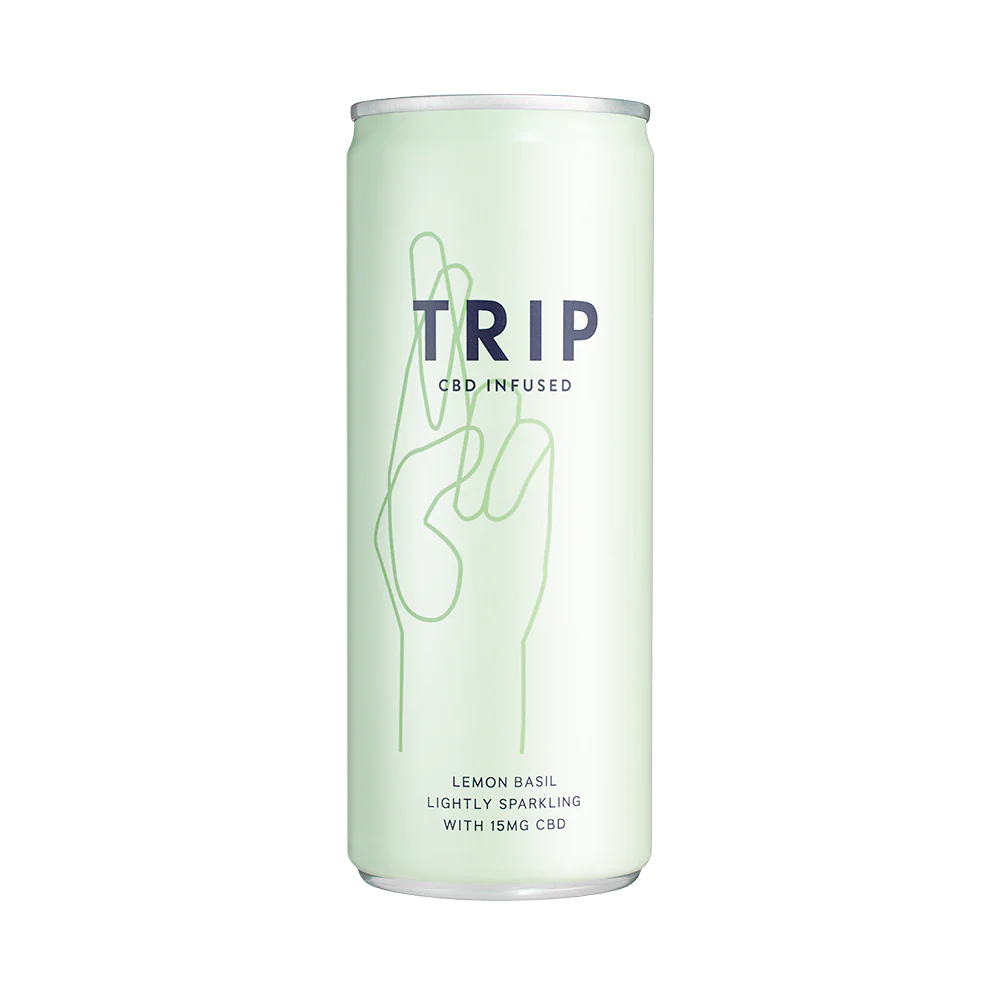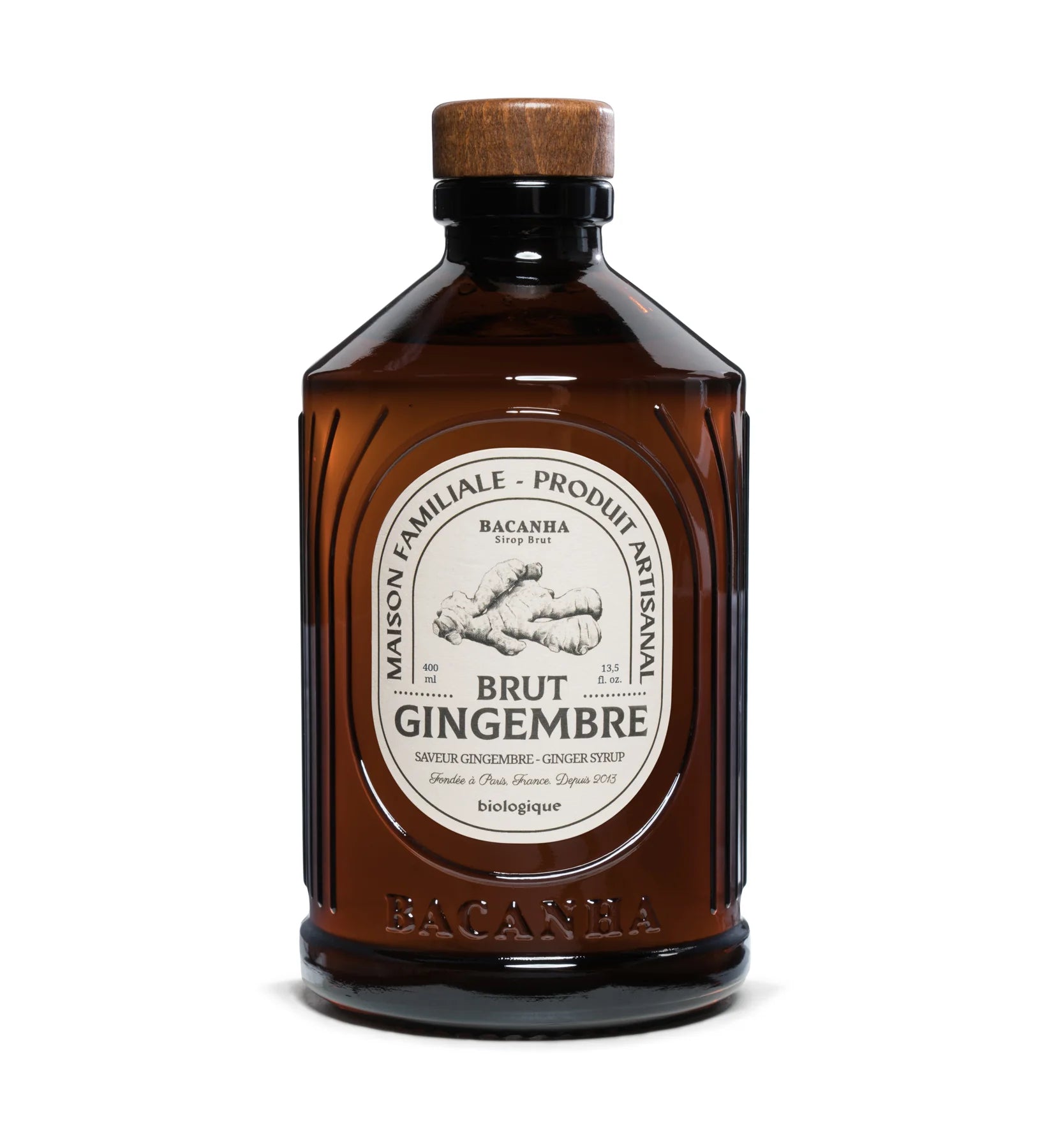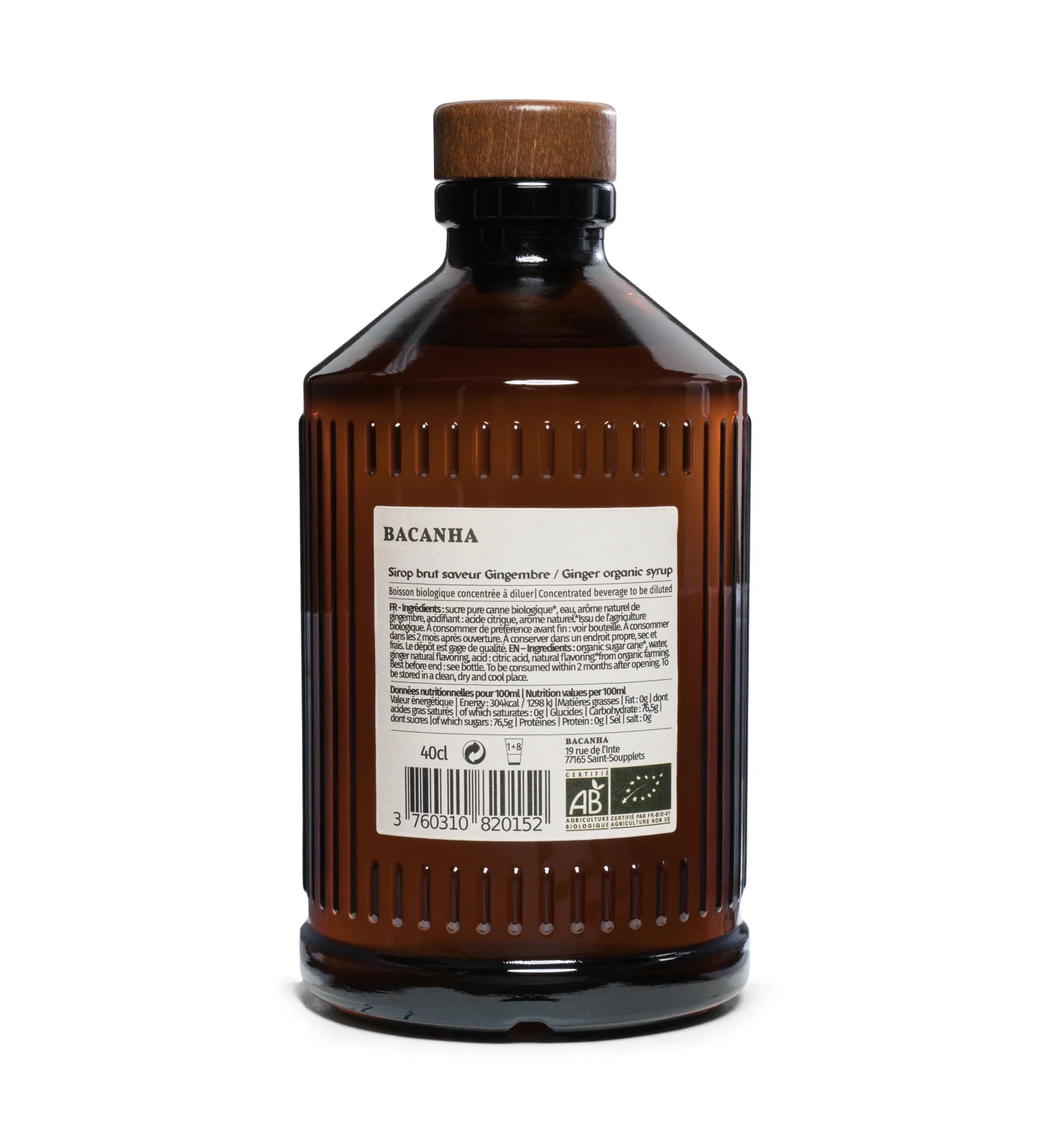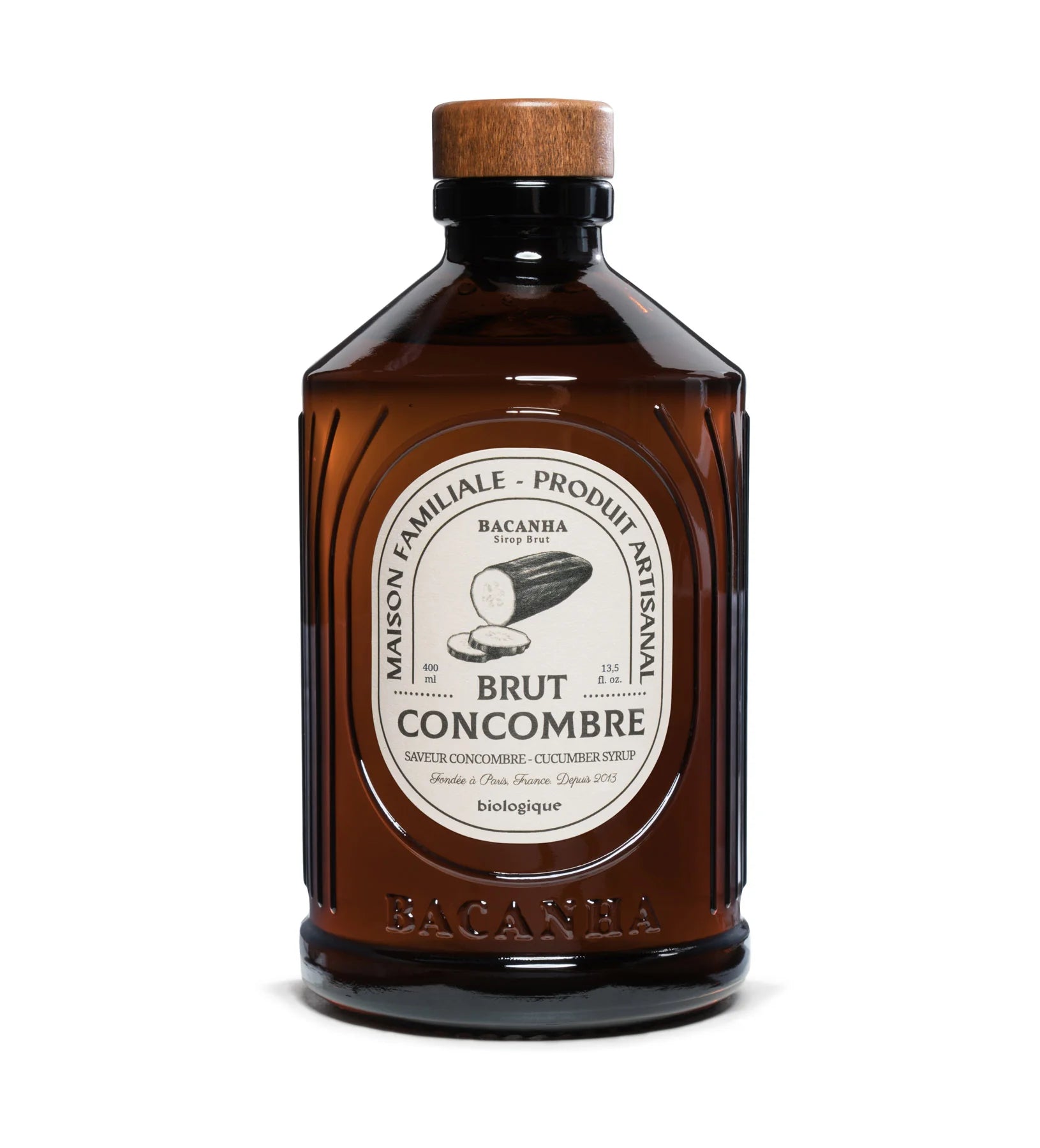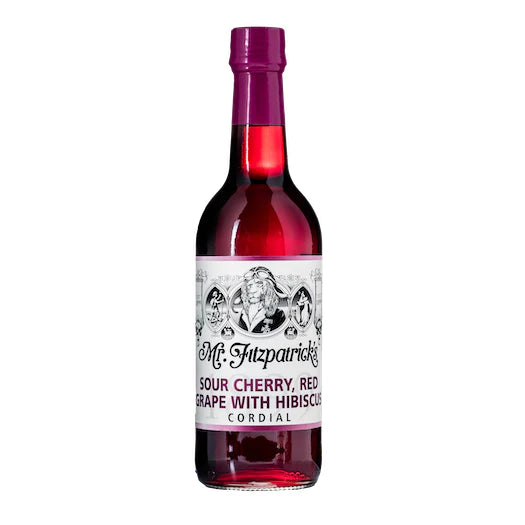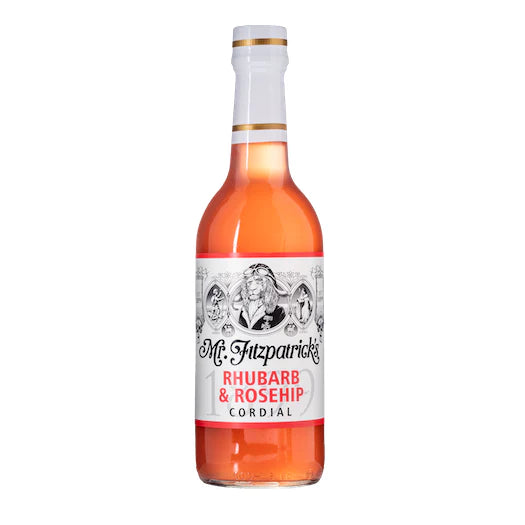About Moringa Powder Organic
Moringa powder has been used by ancient cultures in their diet for mental alertness and healthy skin. The leaves, pods, seeds, gums, bark and flowers of Moringa are used across the world to relieve mineral and vitamin deficiencies, support a healthy cardiovascular system, promote normal blood-glucose levels, neutralize free radicals, provide excellent support of the body’s anti-inflammatory mechanisms, enrich anemic blood and support immune system. It also improves eyesight, mental alertness and bone strength.
Our organic moringa powder is a superfood made from its crushed leaves which are packed with protein—3 grams of protein per tablespoon—and are better than legumes because they contain all the essential amino acids, necessary for muscle repair, energy production, and mood regulation.
Storage and shelf life
Moringa powder should be stored in a cool, dry space away from humidity and light. Light can destroy nutrients in the powder, and humidity can make it mildew or mold. When stored properly, the powder can last for two or more years, but they can last longer; that’s simply the time when the powder starts losing potency.
Shipping and delivery
The product is available for delivery and pick up from our store in de Pijp.
The product is delivered in recycled paper bags.
Nutricional information
A 100-gram serving of moringa leaf powder contains:
Energy: 375kcal; 1569 kj
Protein: 25 grams
Fat: 0 grams
Carbohydrates: 50 grams
Sugars: 0 grams
Fiber: 25 grams
Calcium: 2500 milligrams
Iron: 120 milligrams
Potassium: 1500 milligram
How to use
Organic moringa powder has a mild flavor with a slightly earthy taste, so it works well with many different recipes. Add it to your morning green smoothie or use the powder like matcha and whisk it into hot water for a caffeine-free coffee substitute. For other meals, it can also be sprinkled into hummus, guacamole, soups, salads, avocado toast or sweet potato toast. Or, try baking it into treats like zucchini bread, or mixed into your favorite energy balls. Moringa-infused teas are also common. Daily dosage should be limited to the equivalent of 70 grams of moringa leaves per day or 11 teaspoons of moringa powder.
Other interesting information
Moringa trees are drought-resistant and provide a year-round source of income for the rural communities we work with.
Further information on health benefits can be found in the following studies:
Agrawal, B., & Mehta, A. (2008, January-February). Antiasthmatic of Moringa oleifera Lam: A clinical study. Indian J Pharmacol, 40(1), 28–31
https://www.ncbi.nlm.nih.gov/pmc/articles/PMC3023118/
Anwar, F., Latif, S., Ashraf, M., & Gilani, A. H. (2006, November 6). Moringa oleifera: A food plant with multiple medicinal uses. Phytotherapy Research, 21, 17-25
http://onlinelibrary.wiley.com/doi/10.1002/ptr.2023/pdf
Atawodi, S. E., Atawodi, J. C., Idakwo, G. A., Pfundstein, B., Haubner, R., Wurtele, G., … Owen, R. W. (2010, June 1). Evaluation of the polyphenol content and antioxidant properties of methanol extracts of the leaves, stem, and root barks of Moringa oleifera Lam [Abstract]. Journal of Medicinal Food, 13(3), 710–716
https://www.ncbi.nlm.nih.gov/pubmed/20521992
Debnath, S., Biswas, D., Ray, K., & Guha, D. (2011, January 15). Moringa oleifera induced potentiation of serotonin release by 5-HT 3 receptors in experimental ulcer model [Abstract]. Phytomedicine, 18(2–3), 91–95
https://www.ncbi.nlm.nih.gov/pubmed/20637582
Fakurazi, S., Hairuszah, I., & Nanthini, U. (2008, August). Moringa oleifera Lam prevents acetaminophen induced liver injury through restoration of glutathione level [Abstract]. Food and Chemical Toxicology, 46(8), 2611–2615
https://www.ncbi.nlm.nih.gov/pubmed/18514995
Ganguly, R., & Guha, D. (2008, December 1). Alteration of brain monoamines & EEG wave pattern in rat model of Alzheimer’s disease & protection by Moringa oleifera [Abstract]. Indian Journal of Medical Research, 128(6), 744–751
https://www.ncbi.nlm.nih.gov/pubmed/19246799
Gholap, P. A., Nirmal, S. A., Pattan, S. R., Pal, S. C., & Mandal, S. C. (2012, October 1). Potential of Moringa oleifera root and Citrus sinensis fruit rind extracts in the treatment of ulcerative colitis in mice [Abstract]. Pharmaceutical Biology, 50(10), 1297–1302
https://www.ncbi.nlm.nih.gov/pubmed/22849565
Jaiswal, D., Kumar, R. P., Kumar, A., Mehta, S., & Watal, G. (2009, June 25). Effect of Moringa oleifera Lam. leaves aqueous extract therapy on hyperglycemic rats [Abstract]. Journal of Ethnopharmacology, 123(3), 392–396
https://www.ncbi.nlm.nih.gov/pubmed/19501271
Luqman, S., Srivastava, S., Kumar, R., Maurya, A. K., & Chanda, D. (2011, December 14). Experimental assessment of Moringa oleifera leaf and fruit for its antistress, antioxidant, and scavenging potential using in vitro and in vivo assays. Evidence-Based Complementary and Alternative Medicine, 2012
https://www.ncbi.nlm.nih.gov/pmc/articles/PMC3247066/
Nandave, M., Ojha, S. K., Joshi, S., Kumari, S., & Arya, D. S. (2009, February). Moringa oleifera leaf extract prevents isoproterenol-induced myocardial damage in rats: Evidence for an antioxidant, antiperoxidative, and cardioprotective intervention [Abstract]. Journal of Medicinal Food, 12, 47–55
https://www.ncbi.nlm.nih.gov/pubmed/19298195
Ndiaye, M., Dieye, A. M., Mariko, F., Tall, A., Sall, D. A., & Faye, B. (2002). Contribution to the study of the anti-inflammatory activity of Moringa oleifera (Moringaceae) [Abstract]. Dakar Medical, 47(2), 210–212 Retrieved from
https://www.ncbi.nlm.nih.gov/pubmed/15776678
Pari, L., & Kumar, N. A. (2002). Hepatoprotective activity of Moringa oleifera on antitubercular drug-induced liver damage in rats [Abstract]. Journal of Medicinal Food, 5(3), 171–177
https://www.ncbi.nlm.nih.gov/pubmed/12495589
Rathi, B. S., Bodhankar, S. L., & Baheti, A. M. (2006, November). Evaluation of aqueous leaves extract of Moringa oleifera Linn for wound healing in albino rats [Abstract]. Indian Journal of Experimental Biology, 44(11), 898–901
https://www.ncbi.nlm.nih.gov/pubmed/17205710
Sreelatha, S., Jeyachitra, A., & Padma, P. R. (2011, June 30). Antiproliferation and induction of apoptosis by Moringa oleifera leaf extract on human cancer cells [Abstract]. Food and Chemical Toxicology, 49(6), 1270–1275
https://www.ncbi.nlm.nih.gov/pubmed/21385597
Tahir, K., Mugal, M. T., & Haq, I. U. (2010). Moringa oleifera: A natural gift-A review [Abstract]. Journal of Pharmaceutical Sciences and Research, 2(11), 775–781
http://citeseerx.ist.psu.edu/viewdoc/summary?doi=10.1.1.193.7882
Waterman, C., Rojas‐Silva, P., Tumer, T. B., Kuhn, P., Richard, A. J., Wicks, S., … Raskin, I. (2015, April 17). Isothiocyanate‐rich Moringa oleifera extract reduces weight gain, insulin resistance, and hepatic gluconeogenesis in mice [Abstract}. Molecular Nutrition & Food Research, 59(6), 1013–1024
https://www.ncbi.nlm.nih.gov/pubmed/25620073
